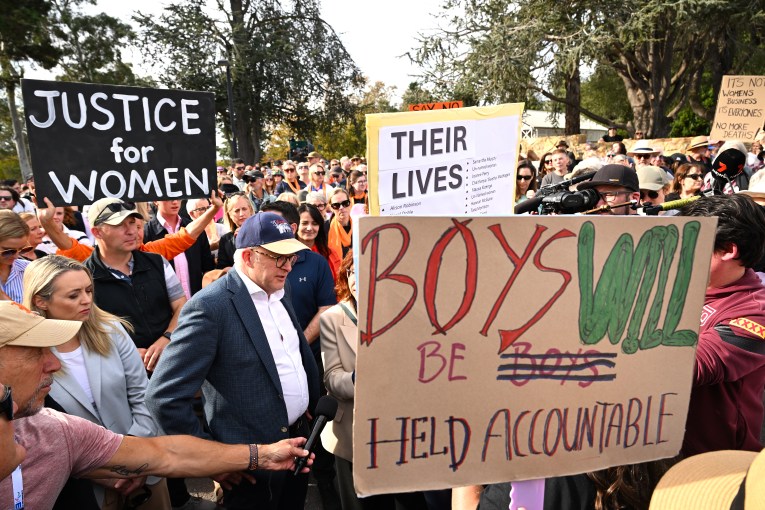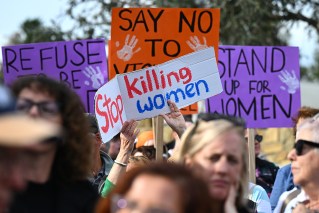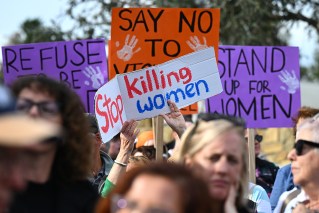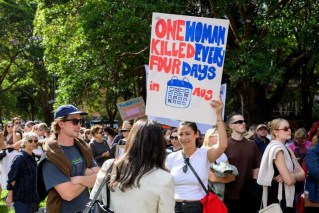Do police use their Tasers too often? An argument for civilian oversight

This week in the Covid Conversation podcast, we explore one not-so-simple question: How do you make a more accountable, less combative police force?
Unlike the United States, we no longer have a problem with guns in police hands going off all over the shop. Police shootings plagued Victoria up until about 25 years ago, but today, firearms aren’t the issue. The trouble lies with a purported softer option.
On Monday, a man, believed to be Indigenous, ended up in a Sydney hospital after being repeatedly Tasered in the face and torso by NSW police.
Video taken by an onlooker showed he was on his knees. After first being pushed to the ground he was heard saying: “I’m not even fighting you, are you kidding me?”

Criminologist Dr Emma Ryan, has advice on how to police the police.
Last year, the Sydney Morning Herald reported that NSW Police drew their Tasers almost 3000 times in the course of duty over the previous five years, according to internal police records obtained under freedom of information legislation.
In more than 1000 of these cases, officers logged a mental health issue. That is, the person they Tasered had not been in control of themselves.
Dr Emma Ryan, Lecturer in Criminology at Deakin University is my guest at this week’s fascinating Covid Conversation episode. Dr Ryan’s research includes the use of excessive force by police and use of sub-lethal weapons by police such as Tasers. I asked her if she was confident the police figures were accurate.
“It’s difficult to answer,” she said. “We have to rely on police to undertake the reporting procedures that they’re required to, but you do wonder, given the general aversion, not only of police, but all of us, to boring paperwork, whether they’re going to come back to the station and accurately record (their shift).
“Of course they’re going to record deployment of the Taser, because you can’t help it. They electronically record it anyway.
“But if you’ve just pulled your Taser out and pointed it at someone, coercively, telling them to move on, or telling them to stop giving you lip, whatever the situation might be … it’s really impossible for me to say that police are accurately recording those kinds of interactions.
“And those kind of interactions are particularly important, especially in the Australian context. And in the context of the relationship between Indigenous people and police.
I have a hit of a concern in Victoria where Tasers are only routinely carried by police in rural areas, and largely in areas with high Aboriginal populations.”
In our wide-ranging conversation, Dr Ryan lays out three strategies that could be undertaken to improve police accountability, oversight and transparency.
They include adopting the Northern Ireland initiative where citizens are trained as investigators, to look into events where police conduct has been the subject of serious complaint.
But she also touches on the fact that depictions of police in the media are rarely positive, leading to an unbalanced and unfair negative view of police. She makes plain her admiration for the many police officers who do outstanding work in the community, work that largely goes uncelebrated.
She also explains how and why Clint Eastwood’s Dirty Harry is analysed in Criminology 101. To hear all about it, listen to the Covid Conversation.









